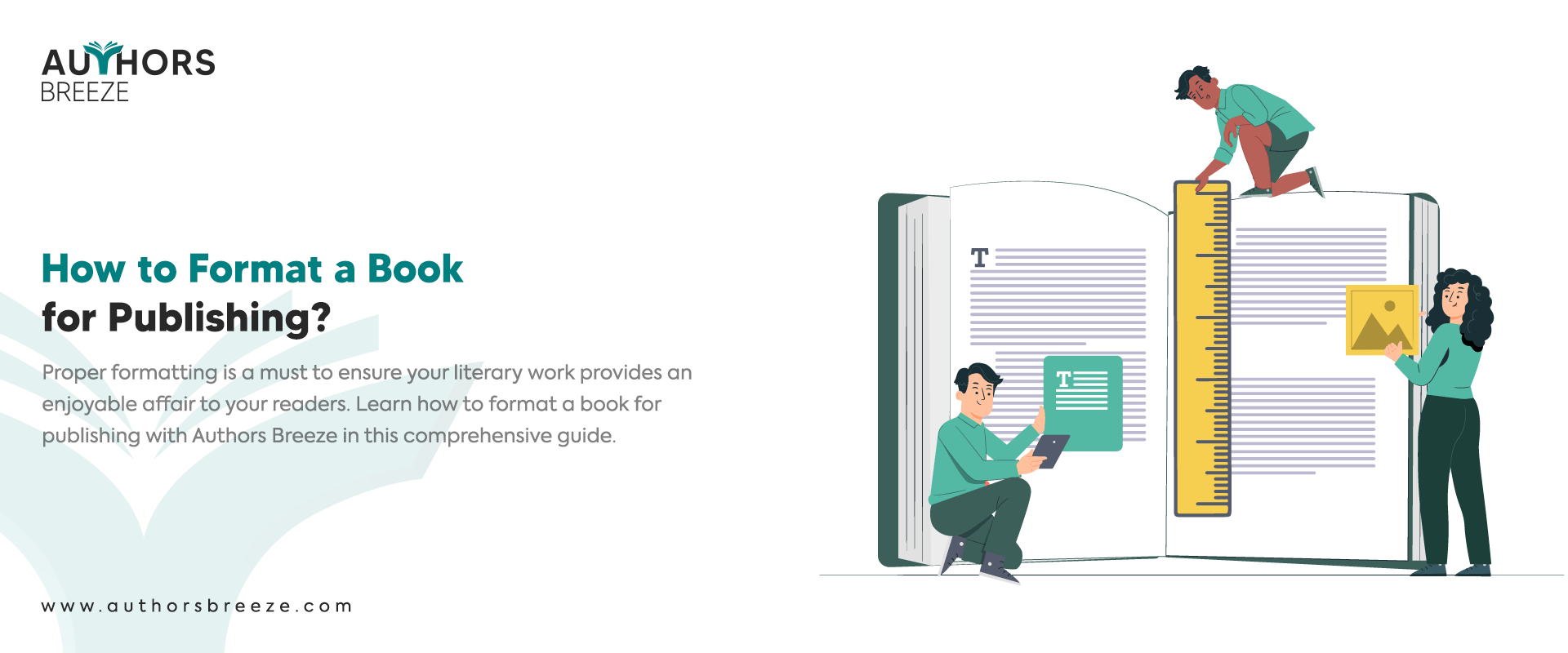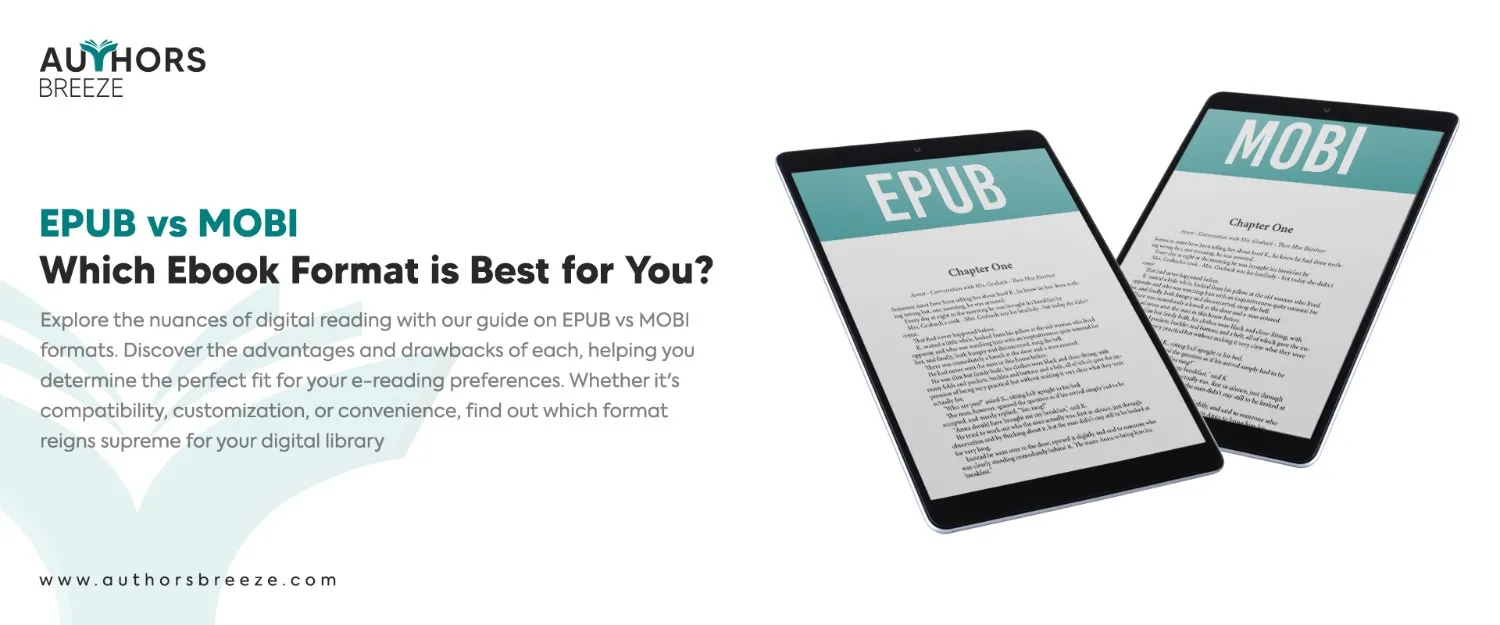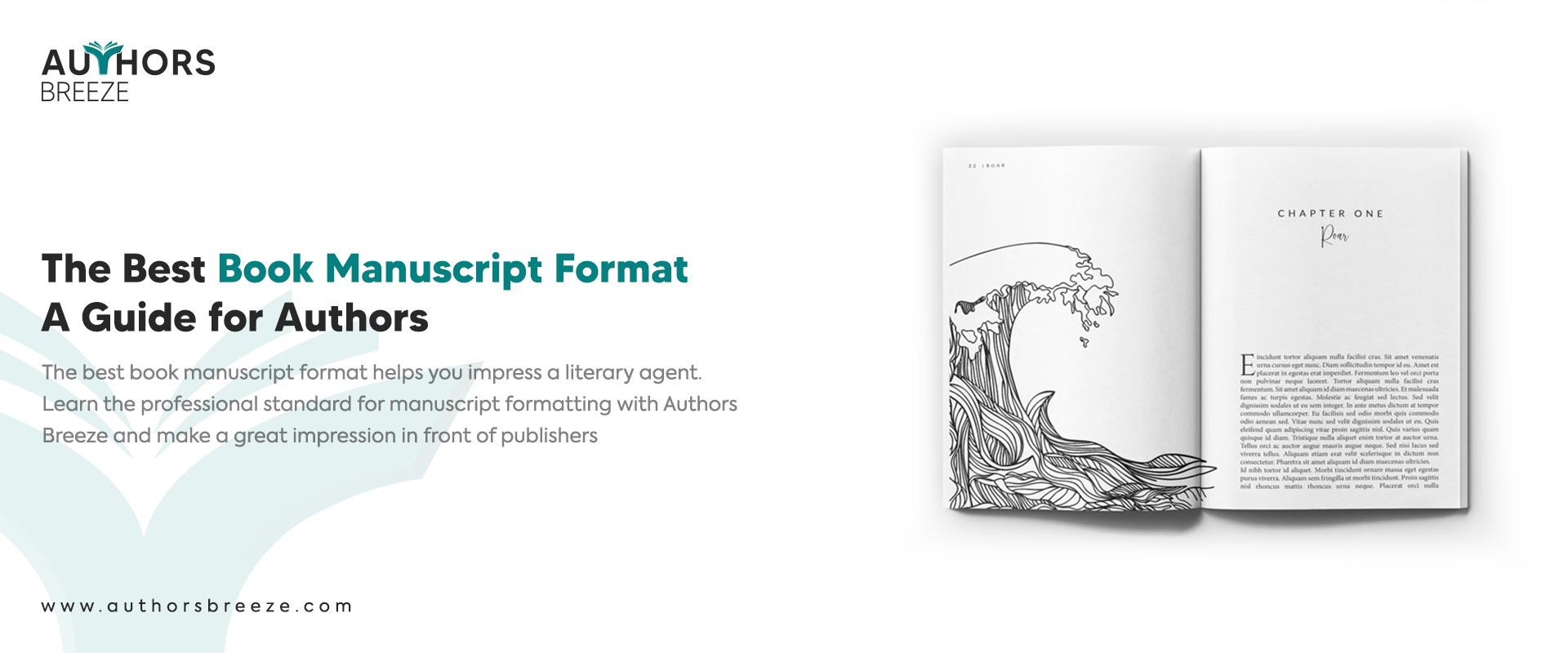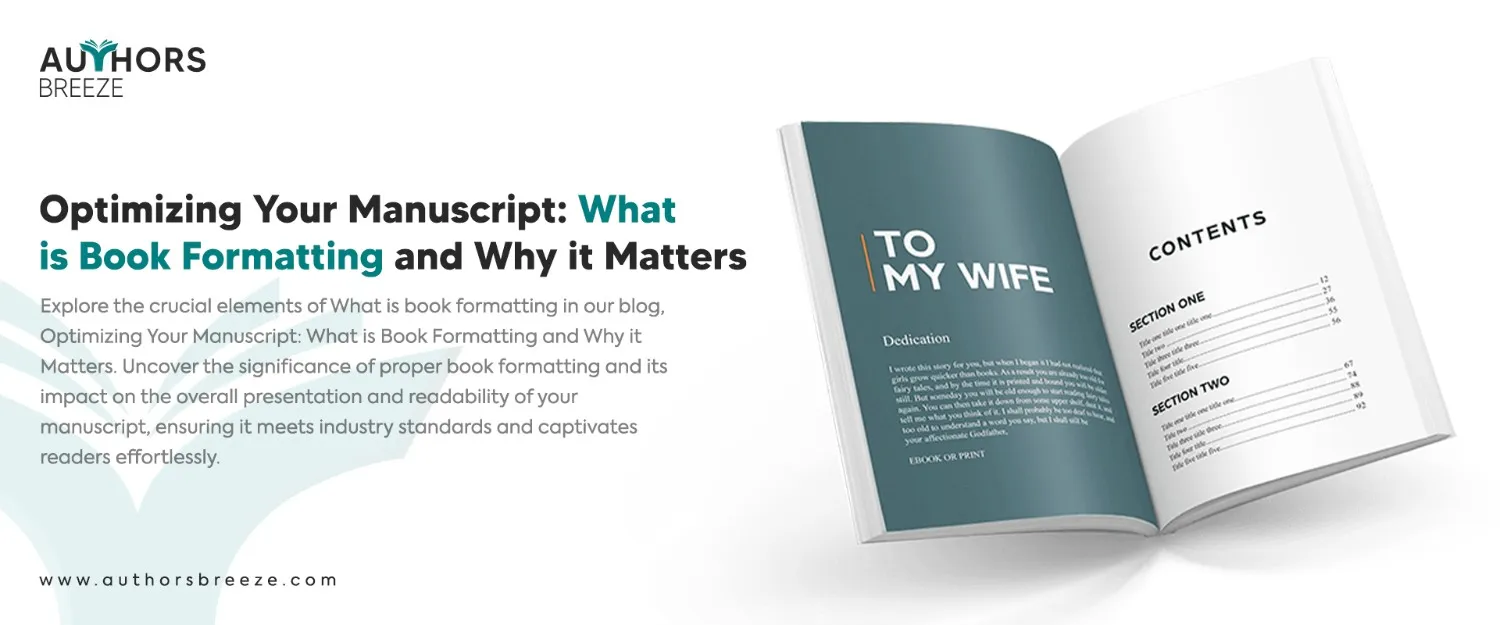Don't Have Time To Read? Listen To How to Format a Book? Instead!
Key Takeaways: How to Format a Book?
- It is necessary to format a book to make a manuscript professional and readable, with distinct processes for print (focusing on physical dimensions and binding) and ebooks (emphasizing adaptability across devices).
- You can begin with a thoroughly edited, proofread, and organized manuscript, using consistent styles across text elements to lay a solid foundation for formatting.
- You can choose appropriate book sizes, set correct margins and gutter for binding, select readable fonts, design headers/footers, and ensure high-resolution images for a professional look.
- Ensure a clean document, use consistent heading styles for easy navigation, optimize images for digital display, and include accurate metadata for distribution.
- Professional formatting services offer tailored support for authors seeking expertise and a polished final product. They ensure the book meets industry standards and appeals to its intended audience.
Make Your Manuscript a Visual Feast
With our professional book formatting services, you can make sure your manuscript meets industry standards and captivates readers with its professional appearance and readability.
Introduction
The next big step before sharing your book with the world is formatting. But do you know? What is book formatting? Why is it important? And how can you format a book? If not, then we are here today to guide you through how to format a book manuscript effectively in order to make it ready for readers and publishers alike. Whether you’re aiming to format a book for print or an ebook, this guide will cover all the essentials.
Before we jump into book formatting, let’s pause for a moment—are you an author or just getting started? If writing feels difficult, Authors Breeze offers the best ghostwriting services to simplify your journey. Now, let’s get back to the topic.
What is Book Formatting?
Simply put, it is the process of where you arrange your manuscript to meet the specific requirements for writing and publishing, whether in digital form (ebook) or traditional print. When you format a book, you ensure your book:
- Looks professional.
- It is easy to read.
- Matches the publishing industry’s standards.
At its core, basically, you format a book to present your story in the best possible way for readers. It involves choosing the suitable book format, such as font type and size, margins, line spacing, and more.
Also Read: “How Long Does It Take to Write a Book?“
What is the Difference between Formatting for Print and Ebooks?
Before we get into the specifics, you need to understand that the format of a book can vary between a print book and an ebook. Each format has its own set of rules and standards.
For instance:
Print book formatting requires attention to physical dimensions such as page size and gutter margins to ensure the book binds correctly.
On the other hand,
Ebook formatting focuses on adaptability across various devices to ensure that text and images flow smoothly, no matter the screen size.
Why Is Book Formatting Important?
Book formatting is super important because it is the bridge between your words and the reader’s experience. It is what turns a manuscript into a finished product and affects how readers understand your work. Here’s why it matters:
Readability
Proper formatting ensures your text is easy on the eyes. Things like font choice, spacing, margins, and alignment all contribute to a smooth reading experience.
Professionalism
A well-formatted book looks polished and professional. It builds credibility whether it’s for print or ebooks. As a result, readers can tell the quality of the content.
Consistency
Good formatting keeps things consistent and keeps readers engaged. It ensures a uniform style for chapters, headings, and text, making it easy for readers to understand without getting distracted.
Navigation
Especially in ebooks, formatting affects how easy it is to navigate through chapters or sections. Features like clickable tables of contents and proper heading structures make the reading process smooth and enjoyable.
Platform Requirements
Different publishing platforms (like Amazon Kindle, Apple Books, etc.) have specific formatting guidelines. So, if you ignore them, it can lead to rejection and hurt your sales.
Aesthetic Appeal
Other than just readability, good formatting also enhances the visual appeal of your book. Thoughtful designs, illustrations, or typography add to the overall experience. It can even reflect the tone and genre of your book.
Also Read: “How To Publish A Book For Free?”
How to Format a Book?
Prepare Your Manuscript
Your text should be fully edited and proofread. In addition, all chapters and sections should be clearly organized. At this stage, you need to decide on the additional elements you want to include, such as a dedication page, acknowledgments, or a table of contents.
A clean manuscript is your best starting point. You can remove any unwanted formatting that might have crept in during the writing phase. Use styles in your word processor if you want to maintain consistency across headings, paragraphs, and other text elements.
This preparation phase lays the groundwork to format a book efficiently. It makes the next steps in formatting smoother and more straightforward.
How to Format a Book for Print?
When preparing a book for print, several key elements demand careful attention. Here’s how you can ensure a polished, professional format:
Select Book Size and Layout
First, you need to choose the page size and book layout design that best suits the genre and the audience of your book. Standard sizes include 6″ x 9″, 5.5″ x 8.5″, and 8.5″ x 11″ for textbooks.
If your book contains images that reach the edges of the pages, ensure you set up bleed correctly, usually an extra 0.125″ (3mm) beyond the final trim size on all sides.
Set Margins
Margins are another critical aspect, with extra space (the gutter) needed inside the book to accommodate binding. Set margins to at least 0.5″ on all sides. Larger books may need larger margins.
For double-sided printing, use mirror margins. So, you can ensure the margin space is correct for the “gutter” (the binding edge) and the “outside” edges.
Choose Font and Line Spacing
You cannot choose a font solely based on aesthetics. Readability is also paramount. Some fonts are better suited for long reads. Use a legible font. Serif fonts (Times New Roman or Garamond) are traditionally used for the main text, and sans-serif fonts (Arial or Calibri) are used for headings.
Here is the standard size and line spacing:
- Font Size: 11 or 12-point font is standard for the main text. Headings can be more prominent.
- Line Spacing: Set line spacing to at least 1.15 or 1.5 to improve readability.
Header and Footer Design
Headers and footers, such as page numbers and chapter titles, help readers navigate your book. The header can include the book title or chapter title. The footer typically contains page numbers. So, consider placing page numbers on the outside edges for mirrored layouts.
Chapter Headings
New chapters should start on a new page, often on the right-hand side. You can use consistent styling for chapter headings. Consider a larger font size and maybe a small graphic or design element.
Front Matter and Back Matter
The front and back matter add professionalism and credibility to your book. This stage of manuscript formatting is where your book starts to look and feel like the ones you see on bookstore shelves.
In the front matter, you can include the following:
- Title page,
- Copyright page,
- Dedication,
- Table of contents, and
- Forword.
On the other hand, the back matter may consist of:
- An appendix,
- Glossary,
- Bibliography,
- Index, and
- About the author page.
Images and Graphics
If your book has images, then it requires attention to detail. High-resolution images are a must to avoid blurriness in the final print. Ensure images are high resolution, ideally 300 dpi, for print quality. Also, place images with consideration of your text and margins.
Proofread and Test Print
It is essential to catch any errors before the final print. You can consider hiring a professional editor. Do a test print of your book to check the formatting, especially if you’re using a print-on-demand service. This will help you see how the book looks in physical form and make any necessary adjustments.
Export Your File
Export your book in PDF format, which is widely accepted by printers. Ensure that your PDF settings match the requirements of your printer, embed fonts, and set the correct color profile (usually CMYK for print).
Also Read: “What is the Cheapest Way to Print a Book?”
Maximize Your Book’s Impact
Launch your book into the market with confidence. Our book marketing services are designed to give your book the spotlight it deserves.
How to Format an EBook for Publishing?
Ebook formatting is a different ball game compared to formatting a book for print. Formatting an ebook for publishing involves several steps. So, you must ensure it is compatible with various eReading platforms. In addition, it should provide a responsive reading experience across different digital devices, such as eReaders, tablets, and smartphones.
The specific process can vary slightly. It depends on the target platform and device. The following guidelines provide a general approach to formatting an ebook for publishing:
Keep the Manuscript Clean
Begin with a clean document free from unnecessary spacing, tabs, and special formatting. Apply heading styles consistently throughout your document for chapters, subheadings, and body text.
This helps create a navigable table of contents and ensures a structured document. Also, strip out any headers, footers, page numbers, or unnecessary styles that could interfere with ebook conversion.
Structure Your Ebook
Include a title page with the book title and author name. Then, create a clickable TOC. This is crucial for navigation in an eBook. Ensure each chapter starts on a new page.
Use a clear hierarchy of headings (Heading 1 for chapter titles, Heading 2 for subsections, etc.). Include any relevant front matter (e.g., dedication, foreword) and back matter (e.g., about the author, bibliography).
Format Text Correctly
Choose a standard, readable font. The specific font size is less critical as eBook readers can adjust the text size. However, keep it consistent. Use first-line indentation for paragraphs rather than spaces or tabs. Avoid using extra line breaks between paragraphs unless necessary to indicate a scene break or shift.
Handle Images Carefully
Images should be of high quality but optimized for file size (72 dpi is typically sufficient). In addition, they should be inserted in line with the text. It ensures they display correctly on all devices.
Hyperlinks and Metadata
Ensure that all internal links (such as those in your TOC) work correctly. If your ebook includes external links, verify that they are active and correct. Include accurate metadata in your ebook file, such as title, author, publisher for a book, and ISBN. This information is crucial for ebook distribution and discovery.
Convert to Ebook Format
Choose the suitable file format for your manuscript. The following are some of the formats you can convert your book into:
- EPUB: A widely supported format that works on many devices except the Amazon Kindle.
- MOBI: It is primarily for Amazon Kindle devices. Newer Kindle formats are based on AZW and KF8.
- PDF: It is universally accessible but not ideal for e-readers as it doesn’t allow text reflow.
Also Read: “EPUB vs. MOBI: Which Ebook Format is Best For You?”
Validate and Test Your Ebook Through Online Tools and Services
You can use online book formatting tools or software, such as Calibre to check your ePub file for errors and ensure it meets industry standards. In addition, you can seek help from self-publishing services to ensure proper formatting. Preview your ebook on multiple devices and eReading apps to verify formatting consistency and functionality.
Professional Formatting Options to Format a Book
At this point, you may wonder whether to format a book on your own or enlist the help of professional book formatting services. It can be challenging but cost-effective to format a book yourself, especially with the plethora of available book formatting software and tools.
However, it requires time and patience to learn and apply standard manuscript format rules correctly. Professionals bring a keen eye for detail, and a deep understanding of book manuscript format standards can enhance your book’s presentation and readability.
Whether your book has a complex manuscript format example or you need someone to handle the specifics of how to format a manuscript for specialized genres, such as fiction, a professional can ensure your book meets industry standards.
When considering professional help, you should look for someone with experience in your book’s genre and ask for samples of their work. Suppose you are writing a fiction book. Then, you should look for formatters who are experts in that specific genre. This due diligence ensures that their book writing format skills align with your vision.
Finalize Your Book Format
After all the hard work of manuscript formatting and making decisions on how to format a book manuscript, you should review your formatted book thoroughly. This review isn’t just about catching typos; it’s about ensuring every element, from layout to pagination, looks perfect.
Consider getting feedback from the expert that can provide insights into the book’s readability and overall formatting design. Any feedback, whether from friends, family, or professional editors, can be invaluable in making those final adjustments.
It’s also an opportunity to ensure that your book aligns with the standard manuscript format, enhancing its professional appearance and readability. After incorporating feedback and making necessary adjustments, your manuscript is ready for the world.
Tips and Tricks for Book Formatting
Use Styles for Consistency
Apply the same styles for headings, subheadings, and body text. It ensures a professional look and makes future edits easier. Also, use built-in styles in word processors to maintain uniformity.
Choose the Right Trim Size Early
Select the trim size of your book at the beginning. It helps you avoid reformatting later. The standard size for fiction is 6″ x 9″ and 8.5″ x 11″ for textbooks.
Maintain Proper Margins and Gutter Space
Print books require extra space (the gutter) on the inside margins for binding. So, always check the specifications of your printer before finalizing the layout.
Keep Paragraph Indentation Uniform
Do not use tabs or spaces. Instead, set paragraph indentation using the formatting tool. This ensures consistency and prevents errors when converting to ebook formats.
Avoid Fancy Fonts for Body Text
Decorative fonts may look appealing. But they can make reading difficult. So, stick to professional, readable fonts like Garamond or Times New Roman for print books and Arial or Verdana for ebooks.
Always Preview Before Publishing
Before submitting, preview your book on different devices and formats. For print, order a proof copy to check layout, margins, and text clarity.
Conclusion
It is a critical step to format a book on the journey to publication. When you format a book, you do not just make your manuscript look good. You also ensure it meets the expectations of readers and publishers alike. For this purpose, you can partner with Authors Breeze. As a result, you can proudly share the story with the world.
Frequently Asked Questions
What is the best program to format a book?
The following are some of the best programs to format a book:
- Atticus
- Microsoft Word
- Vellum
- Scrivener
- NovelPad
- Adobe InDesign
- Blurb BookWright
What format is best for self-publishing?
For self-publishing, EPUB is best for ebooks (compatible with most platforms), MOBI for Kindle, and PDF for print-on-demand services like Amazon KDP.
How long does it take to format a book?
Formatting a book can take anywhere from a few hours to several days. It totally depends on the book's length, complexity, and the formatting tools used.
How much does it cost to format a book?
Book formatting can cost anywhere from $50 to $500+, depending on whether you hire a professional or use formatting softwares/tools.
Avail the Services of Experts
If you prefer to focus on writing then get experts to format a book. So, hire professional book formatters from Authors Breeze.
